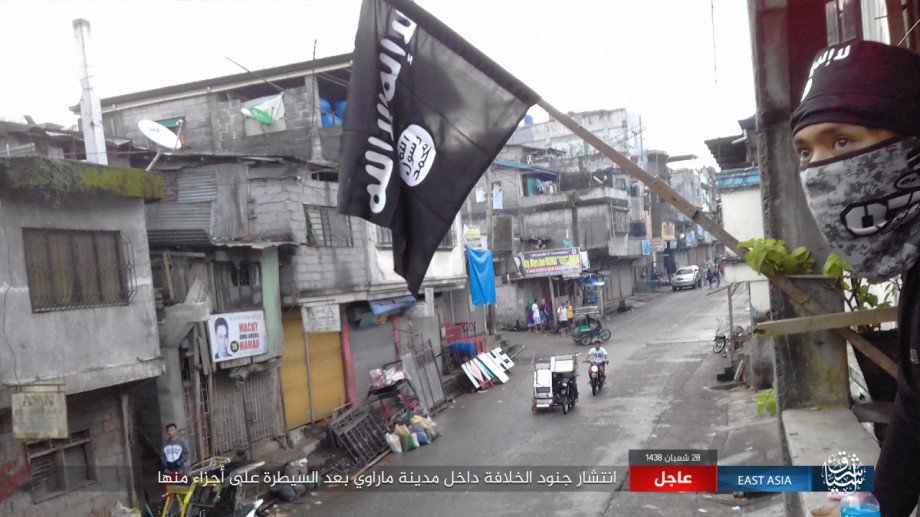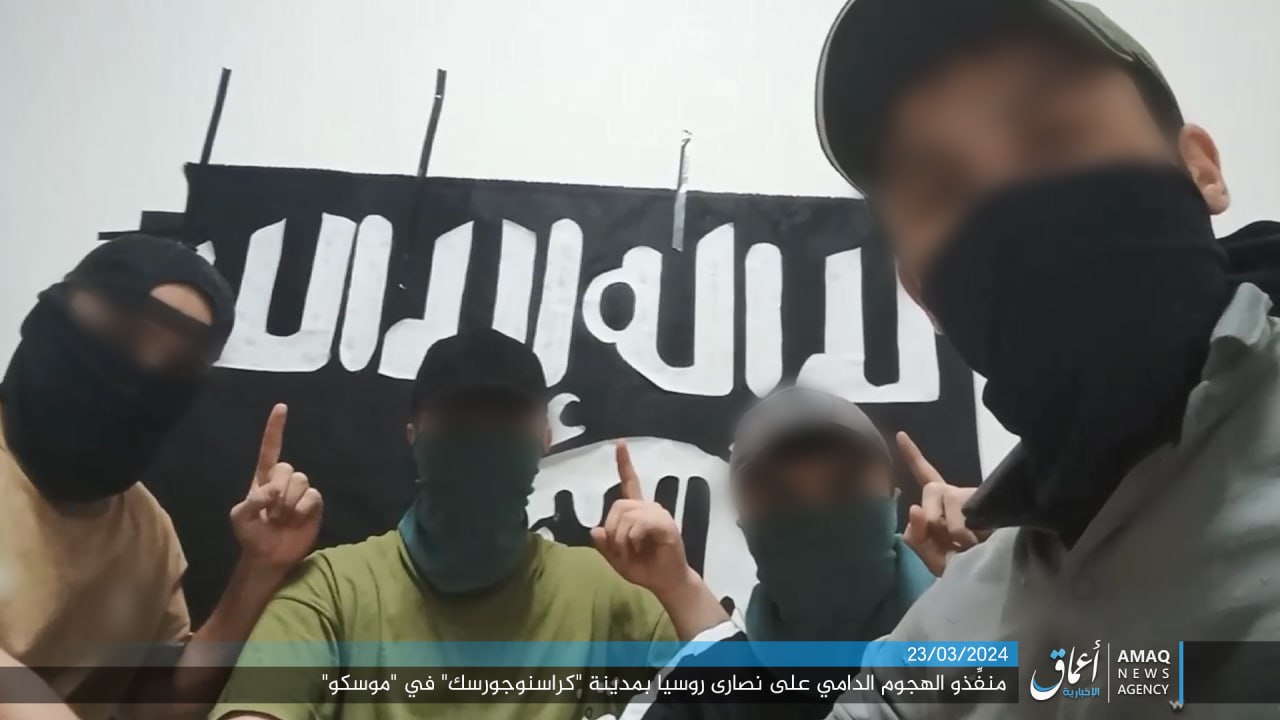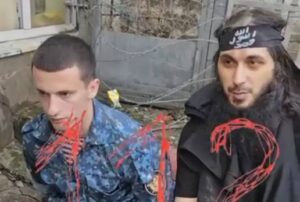Car belonging to Ministry of Internal Affairs employees has been shot up in Ingushetia
12 October, 2024 Burned down car of the terrorists who attacked the FSB officers. Photo: Baza In Ingushetia, a car carrying employees of the Ministry of Internal Affairs of the Russian Federation has been shot at on a federal highway.
This was reported by Russian media. The shooting of the car took place near a reinforced checkpoint of the Ministry of Internal Affairs. At the time of the attack, there were four employees of the Center E in the car.
According to official information, three of them died on the spot: Ilez Aushev, Beslan Aushev and Amir Aushev. The goal of the attack was to assassinate Adam Khamkhoyev, deputy head of Center E of the Republic of Ingushetia, who was also in the car, but according to official Russian information, was not injured. According to the Russian media outlet Baza, this was the fifth attempt to eliminate Khamkhoyev.
In turn, the attackers successfully fled the scene of the shooting. Later, their car was found in the settlement of Maysky in North Ossetia, where they had carried out the raid. According to preliminary information, they switched to another vehicle.
Russian Special Services are currently searching for them.
Center E
Center E or its full name, the Centre for Combating Extremism of the Russian Ministry of Internal Affairs, as the name implies, is engaged in the identification and detention of persons who are considered extremists by the Russian authorities. They are involved with the Security Forces who participate in rallies and even open investigations for various reposts on social networks. However, their activities in the northern Caucasus are much broader and include monitoring radical Muslim movements, including the militant wing of the followers of Batal-Haji Belkhoroyev, who lived in the late nineteenth and early twentieth centuries, the so-called Batalkhadzhits.
In Russia, they are recognized as a terrorist organization and banned, but do not be misled by this, as they are actively recruited for the war against Ukraine and are drilled in the training center of Kadyrov's special forces: The Russian media outlet Kommersant points out that Adam Khamkhoyev is a target in several criminal cases related to the Batalkhadzhits, which does not directly indicate potential involvement.
In 2019, the head of the Center E for Ingushetia Ibragim Eldzhakiyev and his brother Akhmed were shot dead in Moscow. According to the official version of the Russian Prosecutor's Office, Batalkhadzhits were involved in the assassination.
Wahhabism in the Caucasus
In addition to the Batalkhadzhits, other radical movements are present in the Russian-controlled part of the Caucasus, for example, since the early 1990s, the Wahhabist movement has become widespread, and its supporters call themselves Salafists, a term which originated in the 18th century. Due to the differences in the interpretation of Islam, they are in conflict with the Batalkhadzhits, and there are periodic reports of conflicts between them.
The movement became most famous in the Caucasus in the 1990s and 2000s, first by supporting the movement for the independence of Ichkeria (called Chechnya under Russian occupation), and later by conducting independent actions on the territory of Ichkeria itself during the existence of the state, such as the 1998 rebellion in Gedermes, after which it was outlawed in the country. And then, in the territory controlled by Russia, for example, in April, some Roads Patrol Service officers were shot dead, and according to the official version, their killers were suspected of being Wahhabists.
Jihadism in the Caucasus
During the reign of the last president of the Chechen Republic of Ichkeria, Doku Umarov, who was already in hiding, resigned his presidential powers on October 7, 2007, and announced the creation of the Caucasus Emirate. This caused outrage and internal political disputes in the government in exile of Ichkeria.
In particular, the main point of contention was the transformation of the liberation movement into a terrorist organization. Relatively quickly, it was included in the list of terrorist organizations not only in Russia, but also in the United States, the United Kingdom, Canada, and the United Arab Emirates. The UN also classified them as an organization affiliated with al-Qaeda.
This attitude was not unreasonable as the attacks on Russian-controlled bodies remained the main method of struggle, but civilians were increasingly affected, being classified as either "traitors" ("murtadas") if they were Muslims or "infidels" ("kafirs") if they were representatives of other religions. In the early 2010s, due to the actions of the Russian Special Services and Security Forces, as well as internal problems resulting from the assassination of its founder and the leader who replaced him, the influence of the Caucasus Emirate was minimized. Around the same time, the movement of supporters of the formation of a modern Caliphate, a Muslim state in North Africa, Western Asia and Southern Europe, was gaining popularity among jihadists.
Therefore, the events that took place after the Arab Spring in these regions also influenced jihadists in the North Caucasus, from where some of them volunteered to form the modern Caliphate - the Islamic State.
ISIS in Russia
Despite the fact that the activities of the Islamic State are mostly associated in the international community with the events in Syria and Iraq, this decentralized terrorist structure can be formed anywhere in the world, based on socio-religious factors. After the defeat of the Islamic State in Syria and Iraq in 2017, the militants went into hiding in these territories, and some jihadist volunteers returned to their home countries or others to prevent their detection. Ukraine is no exception, where since 2015, militants of various organizations have been detained, one of whom we wrote about in December 2021, a few months before the start of the full-scale invasion.
So far, their easternmost activity away from the "usual hotbed of ISIS activity" were the events of 2017 in Marawi City in the Philippines, when militants from a group that had taken the ISIS oath took 14 people hostage in Marawi City in the southern Philippines. Before that, they beheaded the local police chief and burned down several buildings.
 An ISIS flag in Marawi, Philippines
An ISIS flag in Marawi, Philippines
At the same time, the northernmost terrorist attack was in March of this year at a shopping center near Moscow. On the evening of March 22, a group of people with guns entered the Crocus City Hall in Krasnogorsk, the Moscow Region, and opened fire.
During the attack, explosions occurred and a fire broke out. The death toll exceeded one hundred civilians.
 Photo published by the Islamic State of the terrorists who allegedly attacked the Crocus City Hall in Moscow on March 22, 2024. Image: SITE
Photo published by the Islamic State of the terrorists who allegedly attacked the Crocus City Hall in Moscow on March 22, 2024. Image: SITE
Before that, the international community had repeatedly warned of the possibility of major terrorist attacks in the Russian capital.
For example, the U.S. Embassy in Russia published the following message late on March 7:
 Warning of the US Embassy in Russia about future terrorist attacks in Moscow. Screenshot from the website of the US Embassy in Russia
Warning of the US Embassy in Russia about future terrorist attacks in Moscow. Screenshot from the website of the US Embassy in Russia
Transcription:
The Embassy is monitoring reports that extremists have imminent plans to target large gatherings in Moscow, to include concerts, and the U.S. citizens should be advised to avoid large gatherings over the next 48 hours. The Main Directorate of Intelligence of the Ministry of Defense of Ukraine stated in a commentary to the Ukrainska Pravda (ed. Ukrainian online newspaper) that the attack in the Moscow region had been a deliberate provocation by the Putin regime, which had not responded to the warnings of the international community.
Despite the scale of the attack and the subsequent detention of the suspects, attacks in Russia did not stop. On June 16 of the same year, ISIS terrorists attempted to seize a detention center in Rostov-on-Don. According to Russian media, the criminals broke the window bars in their cell and entered the duty unit.
They also armed themselves with fire axes and rubber batons. In one of the published videos, they claimed to be ISIS militants and showed the flag of the terrorist organization.
 An ISIS militant next to a hostage. Photo: Russian media
An ISIS militant next to a hostage. Photo: Russian media
Another example was the seizure of the penal colony number 19 (VK-19) in Surovikino, the Volgograd region of the Russian Federation, on August 23.
It was during a disciplinary commission when four terrorist prisoners pulled out knives and took hostages.
 ISIS terrorists with a hostage on the territory of VK-19. Photo: BAZA
ISIS terrorists with a hostage on the territory of VK-19. Photo: BAZA
According to the BAZA media outlet, one of the employees of the Federal Penitentiary Service was killed. The above are just the public actions of the ISIS terrorist organization in Russia since the beginning of this year, which indicates the active growth of its supporters in the country.
And the overall picture of the radical movement in Russia, especially in the Caucasus, indicates only an increase in such events.